Q&A With Ryan Wallace
Q: Can you tell me about your background?
I was born in New York, grew up mostly in a Connecticut suburb of the city, went to school at RISD in Providence, Rhode Island, and then moved back to New York. I’m still in the apartment that I moved into in 2000 in Brooklyn, but now live here with my wife and two children instead of with a roving cast of friends.
Q: Do you remember the first artwork you made, and can you tell me about it?
I can’t pinpoint a first but I always drew. The first things I remember getting really into were battle scenes with knights and castles and witch houses. I remember drawing them brick by brick. I pretty much drew whatever my best friend and his older brother were drawing. This older brother also turned me on to skateboarding, various types of rock music and all of the imagery that came along with those subcultures.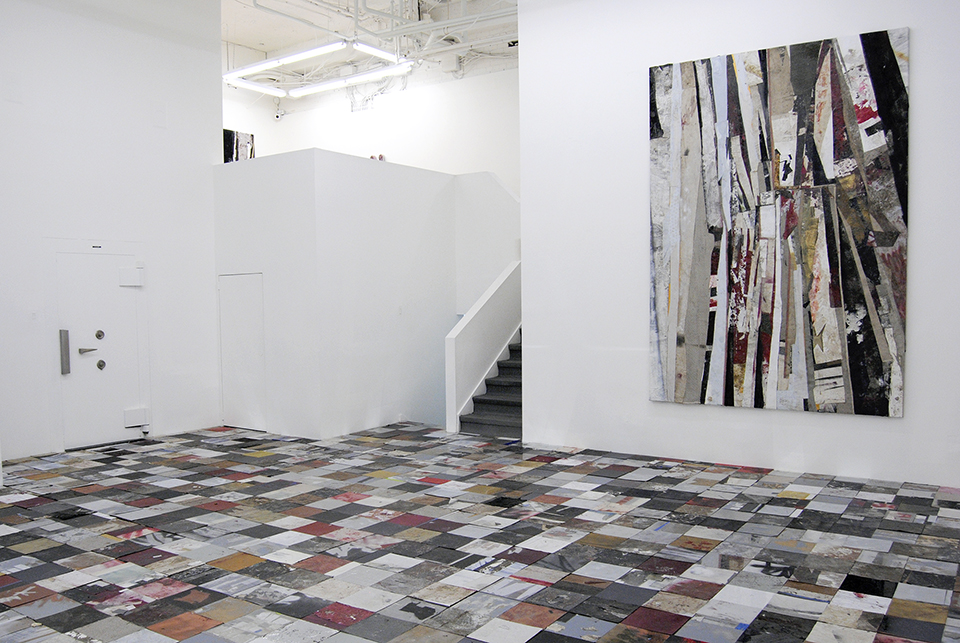
Q: Was there a particular moment or event where you decided to become an artist?
I attended a pre-college program at RISD while I was in high school. I think that helped me see that there were more options than what I had preconceived an art school experience to be. I went to school to study illustration and that was what I hoped to end up doing. I wound up where I am by way of a sideways entry; which I think is just as common as the BFA-MFA-Gallery Exhibition track. I didn’t go to grad school. I opened a gallery instead.
Q: What influences you?
Just the act of working in the studio propels all the exploration. It seems to keep opening up new avenues. I’m also surrounded by an incredible community of friends and artists who I want to create opportunities for and contribute to dialog with. As much noise as is out there now, there is also so much incredible art being made. I look at a lot of art and go to a lot of shows.
Q: Can you tell me more about the process in your works?
For this show I began with photographs of light reflecting off of a tiled floor installation and the shapes that these reflections cast on the walls of the gallery. I took these shapes and projected them onto sheets of marked, scuffed and painted canvas and fabric and cut them out with a blade. I moved these shapes and their corresponding negatives around on the studio floor, into compositions that both directly referenced, and extrapolated from the arrangements of the original photographs. I then seamed these shapes, along with part of the original tiles, and other debris from the studio into one surface and stretched them as paintings.
From there I worked back into them with enamel, oil and acrylic, sometimes cutting into, tearing apart, de-stretching, re-seaming and composing, until I arrived at what feel like complete paintings. It is all very call-and-response and intuitive maneuvering. The original floor installation has been reassembled, altered and installed as two walls in the gallery. This serves as a call to the genesis of the paintings and as a reinterpretation of the architectural foot print of the previous gallery, in the new space. Variations of this floor piece have been installed in San Francisco, Miami and Toronto, each time being augmented by those who tread on it, and according to the physical parameters of the space it fills. (Here is an example of those reflections:)
Q: The Idea/concept surrounding your work, can you tell us more?
Surrounding is a good way to phrase it. I wouldn’t specifically describe my work as being “about” explicit concepts other than the act of making with my recent output being a cycle of continuously constructed, razed, rebuilt and re-flattened material. Ongoing themes that I explore in paintings and sculptures are confusing the perception of space, combining authored and accidental gestures, marking time, and how information is created, copied and presented. On some level I see this all as a loose metaphor for the self-obsessed curation of our daily lives and how we then present them in digital environments. I am just constantly looking inward and around the studio, altering and churning this material, “my stuff”, and formalizing it into “finished” works – which concludes with presentation in an exhibition setting and act as Luddite versions of an avatar or profile.
Q: What is most important to you regarding your work?
That it is sui generis in nature and generous to the viewer.
I work to make them especially engaging in person. I am always looking for inventive ways to use unexpected materials, or to use classical media in “wrong” ways. The work does not behave in real life as it appears in jpegs. I think the physical interaction with the works is crucial to make a case for creating paintings and objects today since we are bombarded with images on screens endlessly. I’m obsessed with art history and always keep in mind where what I’m working on may fall in this time line.
Q: Can you tell me more about your routines and rituals in your daily practice?
It’s all pretty moment to moment right now. Usually help get my sons off to school, do something for exercise, go to studio, work between physical materials, phone, and computer. This order of operations switches from day to day. Sometimes I watch the kids after school, otherwise I work through until dinner and then go back to studio or finish up the days work at the computer either in regards to studio or Halsey McKay.
Q: Can you let us in on some of the future projects, works?
I will continue exploring these paintings. I’m at an exciting point and not sure which direction these will go but have lots of energy to push in. I have some sculpture ideas to develop that I had to put aside to develop this body of work to this stage. I’ll see where that leads. I will be included in Process at Marjorie Barrick Museum, University of Las Vegas, Nevada, which opens on January 17, I will have a solo show at Romer Young in San Francisco in 2017 and the show at Susan Inglett is up through October 15 in New York.
Q: The last couple of years the art market has changed/evolved a lot – Care to comment on how you have seen, and experienced this both as a Gallerist but also Artist?
It’s just been steady forward plodding for both really. I don’t see anything so different from the cycle in the early 2000s to what is going on now, just a new cast of characters and a different aesthetic acting as backdrop. Collectors and fashion are always intrigued by youth and cults of personality. Natural selection sorts it out over time.
I guess one difference is where I saw commodification of certain cultures happening in the late nineties and early aughts, the last few years I’ve seen a type of professionally commercialized artist seek to adapt what they do to meet the market. Savvy artists always exploit opportunity to advance their career and make their business sustainable but the last few years I really saw a lot of people look to the commercial result before the work. There was definitely more money involved this time around, but it was all a similar series of events. Then, as now, I saw a handful of great artists get noticed and a lot of filler is brought to market as part of the scene, kind of like the 90s record industry scramble to discover the next Nirvana. I think there is a direct correlation to the decline of money in the music industry leading to personality types who may have been in bands ten years ago, now look at the art world as a way to gain celebrity and make money, and certain aspects of the system act in support of this. There is always great art and bad art both celebrated and rewarded I just try to keep an earnest approach in what I’m doing in studio and with what we present at the gallery. I’m more interested in what the social ramifications of what the Bob Dylans and Ian MacKayes accomplish than in MC Hammer or NSYNCs record sales.
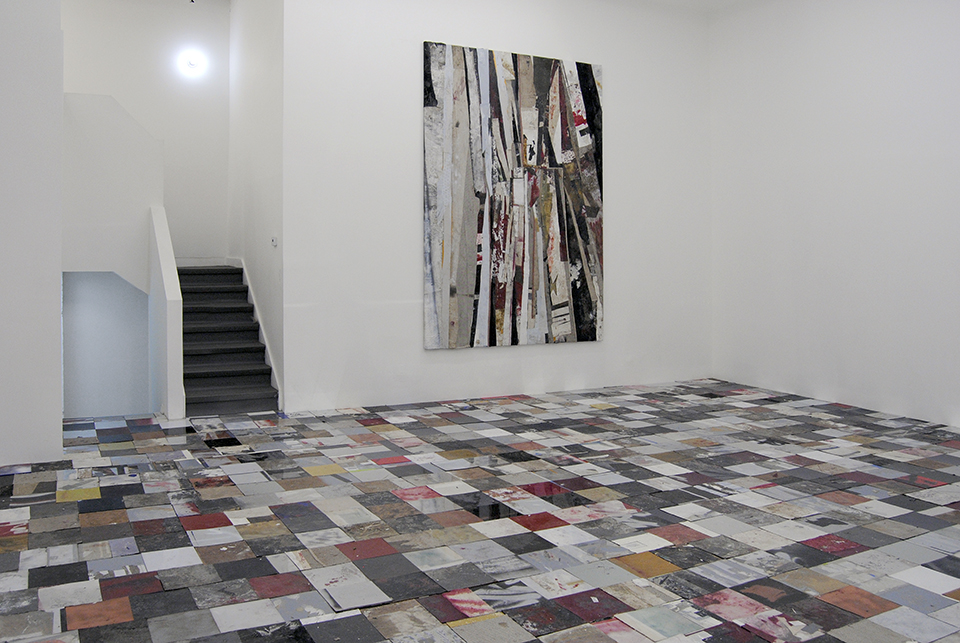

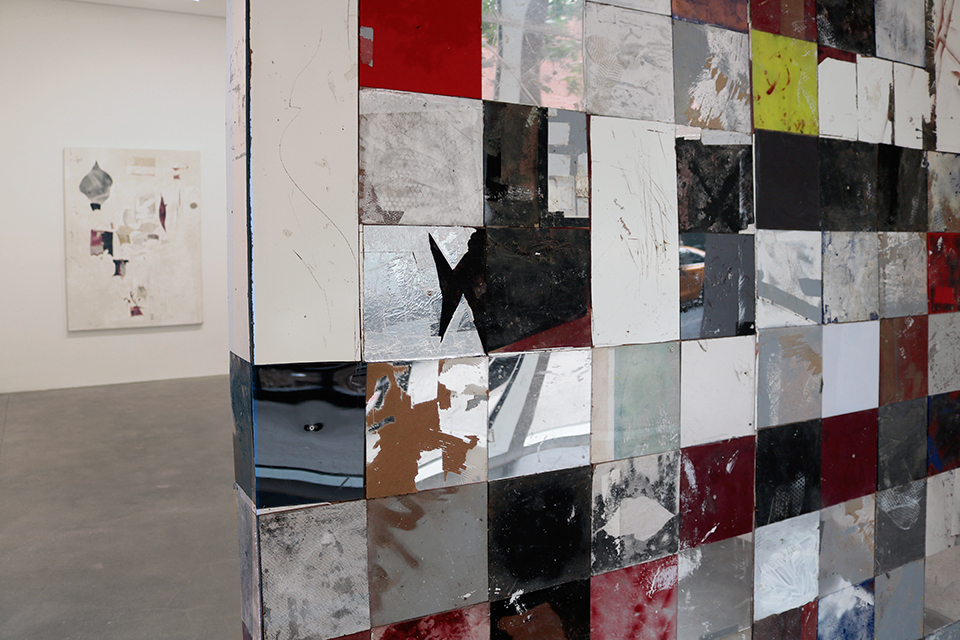

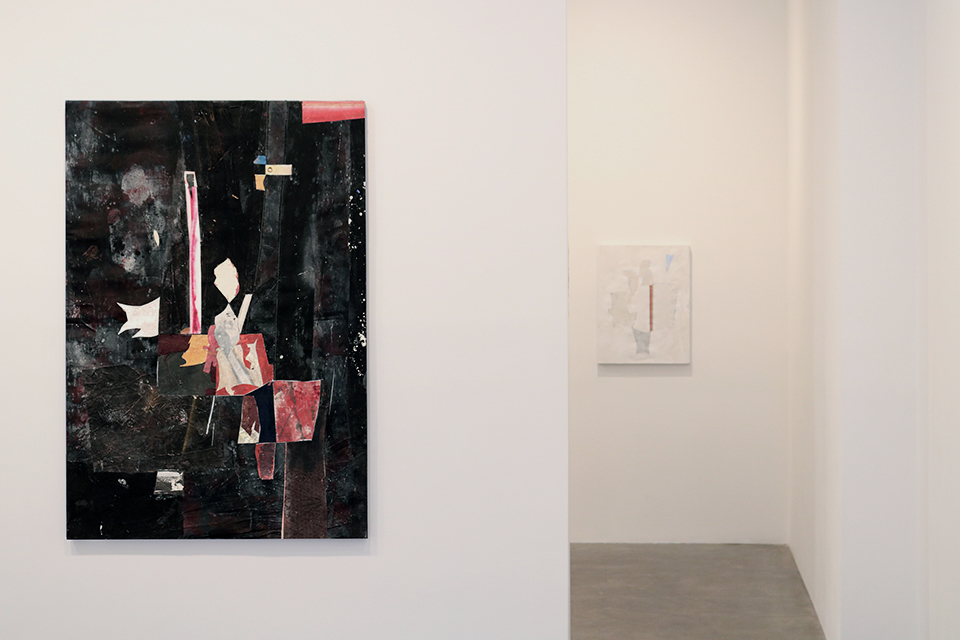
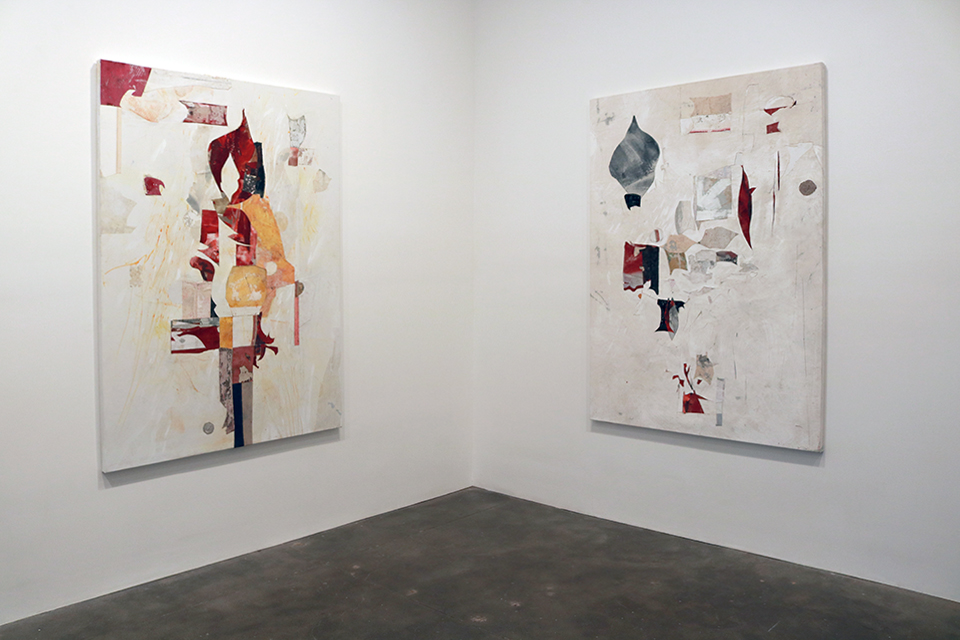
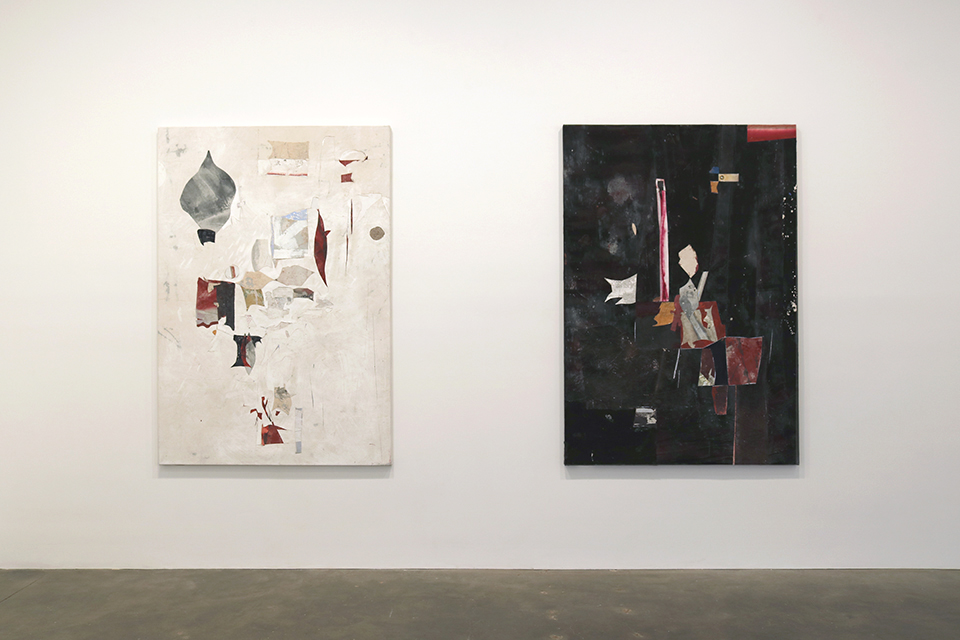
Link to Gallery
Link to Artist Page
Link to Artist Features on Sunday-S